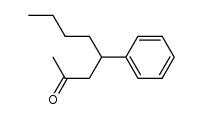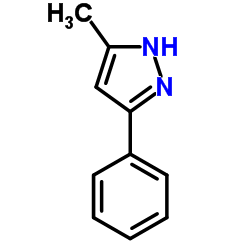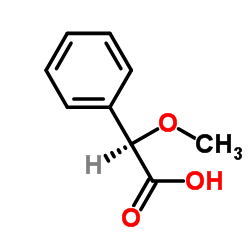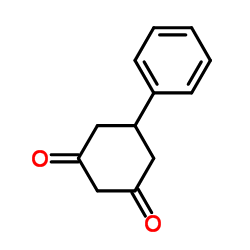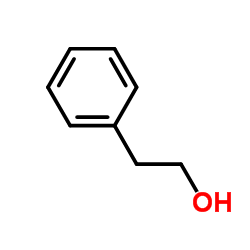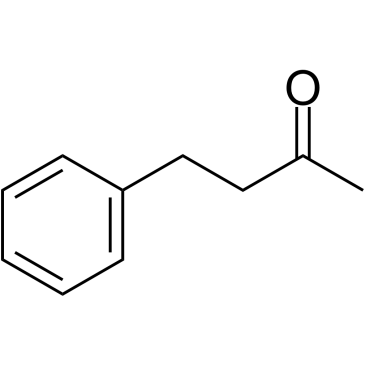1896-62-4
| Name | trans-benzylideneacetone |
|---|---|
| Synonyms |
Benzylideneacetone
benzylidene-2,4,6-trimethylacetophenone Benzal-3-nitroaniline trans-4-Phenyl-3-buten-2-one (E)-4-Phenyl-3-buten-2-one 2',4',6'-Trimethyl-chalkon N-benzylidene-3-nitro-aniline Benzal-m-nitroaniline mesityl styryl ketone PhCH=NC6H4-NO2-m EINECS 204-555-1 ANILINE,N-BENZYLIDENE-m-NITRO 4-phenylbut-3-en-2-one Benzylidene acetone 2',4',6'-trimethyl-chalcone 3-Buten-2-one, 4-phenyl- benzalacetomesitylene MFCD00008779 4-Phenyl-3-buten-2-one N-Benzylidene-m-nitroaniline WLN: WNR CNU1R (E)-4-Phenylbut-3-en-2-one trans-Benzylidenacetone N-Benzyliden-3-nitro-anilin |
| Description | trans-Benzylideneacetone (trans-Benzalacetone), a metabolite of gram-negative entomopathogenic bacterium Xenorhabdus nematophila, is an enzyme inhibitor against phospholipase A2 (PLA2). trans-Benzylideneacetone is an immunosuppressant[1]. |
|---|---|
| Related Catalog | |
| Target |
PLA2 |
| In Vitro | Benzylideneacetone (trans-Benzylideneacetone; 0.005, 0.05, 0.5, 5, 50, 500, 5000 μM) inhibits hemocytespreading behavior of hemocytes of S. exigua larvae. Benzylideneacetone enhances virulence of Bacillus thuringiensisagainst beet armyworm[1]. |
| References |
| Density | 1.0±0.1 g/cm3 |
|---|---|
| Boiling Point | 260.8±9.0 °C at 760 mmHg |
| Melting Point | 38.5-41ºC |
| Molecular Formula | C10H10O |
| Molecular Weight | 146.186 |
| Flash Point | 65.6±0.0 °C |
| Exact Mass | 146.073166 |
| PSA | 17.07000 |
| LogP | 2.17 |
| Vapour Pressure | 0.0±0.5 mmHg at 25°C |
| Index of Refraction | 1.563 |
| Water Solubility | practically insoluble |
Synonym:trans-Benzalacetone; trans-Benzylideneacetone; 3-Buten-2-one, 4-phenyl-, (E)-; Methyl trans-styryl ketone; TPBO; trans-4-Phenylbut-3-en-2-on Section 2 - COMPOSITION, INFORMATION ON INGREDIENTS
Risk Phrases: 36/37/38 Section 3 - HAZARDS IDENTIFICATION EMERGENCY OVERVIEW
Irritating to eyes, respiratory system and skin.Light sensitive. Potential Health Effects Eye: Causes eye irritation. May cause chemical conjunctivitis. Skin: Causes skin irritation. Ingestion: May cause gastrointestinal irritation with nausea, vomiting and diarrhea. Inhalation: Causes respiratory tract irritation. Can produce delayed pulmonary edema. Chronic: Effects may be delayed. Section 4 - FIRST AID MEASURES Eyes: Immediately flush eyes with plenty of water for at least 15 minutes, occasionally lifting the upper and lower eyelids. Get medical aid. Skin: Get medical aid. Flush skin with plenty of water for at least 15 minutes while removing contaminated clothing and shoes. Wash clothing before reuse. Ingestion: Never give anything by mouth to an unconscious person. Get medical aid. Do NOT induce vomiting. If conscious and alert, rinse mouth and drink 2-4 cupfuls of milk or water. Inhalation: Remove from exposure and move to fresh air immediately. If not breathing, give artificial respiration. If breathing is difficult, give oxygen. Get medical aid. Do NOT use mouth-to-mouth resuscitation. Notes to Physician: Treat symptomatically and supportively. Section 5 - FIRE FIGHTING MEASURES General Information: As in any fire, wear a self-contained breathing apparatus in pressure-demand, MSHA/NIOSH (approved or equivalent), and full protective gear. During a fire, irritating and highly toxic gases may be generated by thermal decomposition or combustion. Extinguishing Media: Use water spray, dry chemical, carbon dioxide, or appropriate foam. Section 6 - ACCIDENTAL RELEASE MEASURES General Information: Use proper personal protective equipment as indicated in Section 8. Spills/Leaks: Absorb spill with inert material (e.g. vermiculite, sand or earth), then place in suitable container. Avoid generating dusty conditions. Provide ventilation. Section 7 - HANDLING and STORAGE Handling: Remove contaminated clothing and wash before reuse. Avoid contact with eyes, skin, and clothing. Avoid ingestion and inhalation. Store protected from light. Use only in a chemical fume hood. Wash clothing before reuse. Storage: Store in a tightly closed container. Store in a cool, dry, well-ventilated area away from incompatible substances. Store protected from light. Section 8 - EXPOSURE CONTROLS, PERSONAL PROTECTION Engineering Controls: Facilities storing or utilizing this material should be equipped with an eyewash facility and a safety shower. Use adequate ventilation to keep airborne concentrations low. Exposure Limits CAS# 1896-62-4: Personal Protective Equipment Eyes: Wear appropriate protective eyeglasses or chemical safety goggles as described by OSHA's eye and face protection regulations in 29 CFR 1910.133 or European Standard EN166. Skin: Wear appropriate protective gloves to prevent skin exposure. Clothing: Wear appropriate protective clothing to prevent skin exposure. Respirators: A respiratory protection program that meets OSHA's 29 CFR 1910.134 and ANSI Z88.2 requirements or European Standard EN 149 must be followed whenever workplace conditions warrant respirator use. Section 9 - PHYSICAL AND CHEMICAL PROPERTIES Physical State: Crystals Color: yellowish Odor: coumarin pH: Not available. Vapor Pressure: 0.009 mmHg @ 25 Viscosity: Not available. Boiling Point: 260 - 262 deg C @ 7 Freezing/Melting Point: 39.8 deg C Autoignition Temperature: Not applicable. Flash Point: 122 deg C ( 251.60 deg F) Explosion Limits, lower: Not available. Explosion Limits, upper: Not available. Decomposition Temperature: Not available. Solubility in water: Negligible. Specific Gravity/Density: Not available. Molecular Formula: C6H5CH=CHCOCH3 Molecular Weight: 146.19 Section 10 - STABILITY AND REACTIVITY Chemical Stability: Stable at room temperature in closed containers under normal storage and handling conditions. May discolor on exposure to light. Conditions to Avoid: Incompatible materials, light, dust generation, excess heat. Incompatibilities with Other Materials: Direct light, strong oxidizing agents. Hazardous Decomposition Products: Carbon monoxide, irritating and toxic fumes and gases, carbon dioxide. Hazardous Polymerization: Has not been reported. Section 11 - TOXICOLOGICAL INFORMATION RTECS#: CAS# 1896-62-4: EN0330050 LD50/LC50: Not available. Carcinogenicity: trans-4-Phenyl-3-buten-2-one - Not listed by ACGIH, IARC, or NTP. Other: See actual entry in RTECS for complete information. Section 12 - ECOLOGICAL INFORMATION Section 13 - DISPOSAL CONSIDERATIONS Dispose of in a manner consistent with federal, state, and local regulations. Section 14 - TRANSPORT INFORMATION IATA Not regulated as a hazardous material. IMO Not regulated as a hazardous material. RID/ADR Not regulated as a hazardous material. Section 15 - REGULATORY INFORMATION European/International Regulations European Labeling in Accordance with EC Directives Hazard Symbols: XI Risk Phrases: R 36/37/38 Irritating to eyes, respiratory system and skin. Safety Phrases: S 26 In case of contact with eyes, rinse immediately with plenty of water and seek medical advice. S 37/39 Wear suitable gloves and eye/face protection. WGK (Water Danger/Protection) CAS# 1896-62-4: No information available. Canada None of the chemicals in this product are listed on the DSL/NDSL list. CAS# 1896-62-4 is not listed on Canada's Ingredient Disclosure List. US FEDERAL TSCA CAS# 1896-62-4 is not listed on the TSCA inventory. It is for research and development use only. SECTION 16 - ADDITIONAL INFORMATION N/A |
CHEMICAL IDENTIFICATION
HEALTH HAZARD DATAACUTE TOXICITY DATAMUTATION DATA
|
| Symbol |

GHS07 |
|---|---|
| Signal Word | Warning |
| Hazard Statements | H315-H317-H319-H335 |
| Precautionary Statements | P261-P280-P305 + P351 + P338 |
| Personal Protective Equipment | dust mask type N95 (US);Eyeshields;Faceshields;Gloves |
| Hazard Codes | Xi:Irritant |
| Risk Phrases | R36/37/38 |
| Safety Phrases | S26-S37/39 |
| RIDADR | NONH for all modes of transport |
| WGK Germany | 3 |
| RTECS | EN0330050 |
| HS Code | 2914399090 |
| Precursor 10 | |
|---|---|
| DownStream 10 | |
| HS Code | 2914399090 |
|---|---|
| Summary | 2914399090. other aromatic ketones without other oxygen function. VAT:17.0%. Tax rebate rate:13.0%. . MFN tariff:5.5%. General tariff:30.0% |




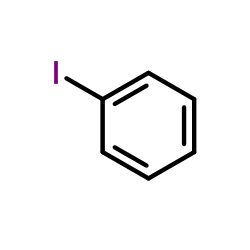
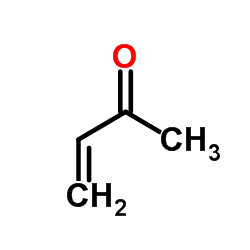
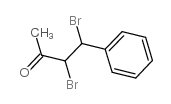

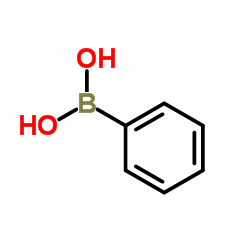
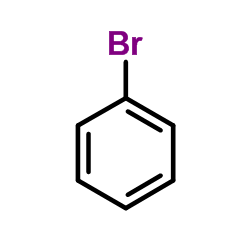
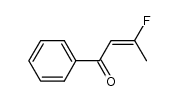



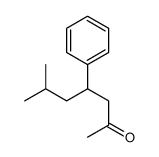
![4-[dimethyl(phenyl)silyl]-4-phenylbutan-2-one structure](https://image.chemsrc.com/caspic/376/100103-32-0.png)
